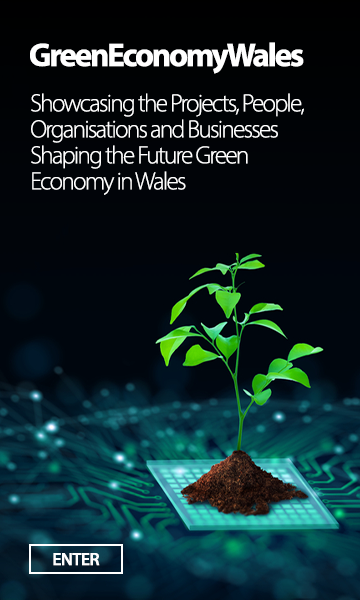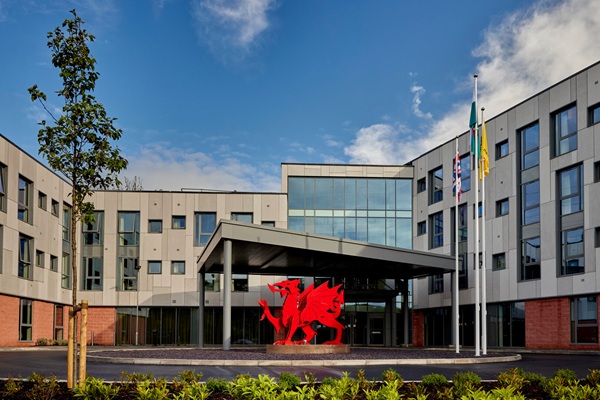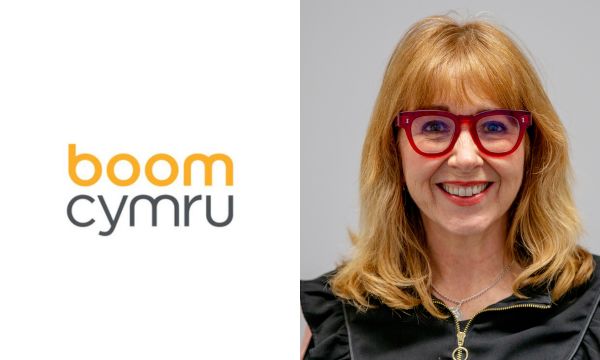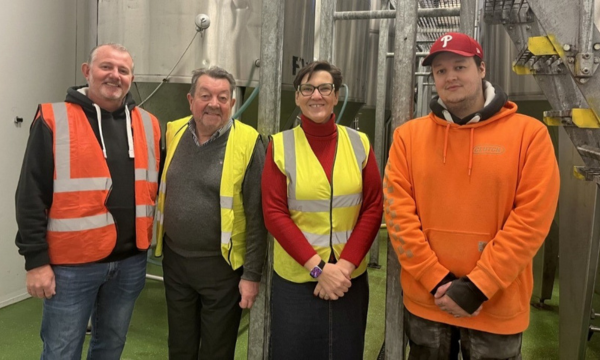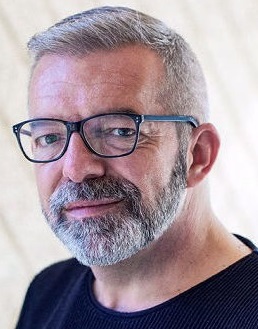 Written by:
Written by:
John Jackson
Industry Editor
In Wales as we look to repurpose our towns and cities, apartment building structures could offer a range of benefits to our local communities. John Jackson discusses his analysis of the Islands Brygge harbourfront in Copenhagen and explains how apartment building developments here in Wales could be beneficial, as well as considering their environmental impact.
On my first visit to Copenhagen in 2014, I was staying in the Islands Brygge harbourfront area of the City, and one morning walking towards the city centre I spotted a couple emerging from their apartment building wearing wetsuits. As this was something I’d never seen in the heart of a city before they certainly caught my attention and particularly because they were being so matter of fact about their attire. So I watched as they crossed the road on to an area of grass and then plunged straight into the river. Suddenly their wetsuits made sense, and they were clearly enjoying the benefit of having immediate access from their apartment to a river that was safe to swim in. The next evening the same patch of grass the swimmers had walked across had been transformed into a fan zone for the 2014 World Cup and the space soon filled with Danish football fans enjoying the match in this wonderful waterfront setting.
Based on reclaimed land, Islands Brygge has had a varied history with a mix of military, residential, industrial and dockland uses, and suffered from a lengthy period of decline that continued until a major regeneration programme was initiated in 2000. This has seen the area become a highly attractive place to live and one where traditional apartments buildings have been joined by a raft of new ones.
With a high proportion of apartments in the area it was easy to identify the factors that have made this redeveloped area work well for its residents. Of the apartments themselves, many had large balconies offering valuable personal outside space. Compared to the experience of residents who lived through lockdown in apartments without balconies, the importance of this space can’t be underestimated.
The green space that runs parallel to the river provides residents (and visitors) with easy access to open space for recreation, and in this instance to fully enjoy the riverfront setting. This includes an outdoor swimming pool that is essentially decking built over the part of the river to create a pool and is one of the four Copenhagen Baths that offer swimming facilities along the river. In Wales as we look to repurpose our towns and cities, where we build new apartments, the need for easy access to green space should be given greater priority to ensure residents can enjoy the benefits of having somewhere to walk, exercise, relax and socialise. Whilst this can be more difficult to achieve in established urban centres, hopefully developers and planners can work together to find ways to create even small green spaces in close proximity to new apartment buildings.
In terms of facilities, Islands Brygge has a selection of cafes, bars and shops that help to give it a neighbourhood feel. Importantly they provide residents with easy access to source their basic supplies, along with locations where they can simply “pop-out” to meet friends for a coffee. As we will see an increase in apartments being built in our urban centres, these community amenities should in many cases already be in place, and hopefully the new residents will become valued new customers for them.
As this was Copenhagen there were bikes everywhere, and they were being widely used as a form of daily transport. As a result, I couldn’t help but notice just how traffic free the roads in the area were. To help support the uptake of active travel in Wales the need for apartment dwellers to have somewhere to store their bikes needs to be taken into consideration. The simple solution would be to ensure that all buildings provide secure covered storage for at least one bike per apartment. By comparison, all too often the marketing of new apartments focuses on presenting a luxury lifestyle image with renters or buyers being tempted by images of ‘glitzy’ hotel style foyers. Ultimately, the shine fades and in reality when you live in an apartment any practical shortcomings soon become apparent, and these compromise the quality of life for residents. If we are to build back better, such considerations need to be taken into account from the design stage and should include: creating apartments that have sufficient built in storage, usable balconies, natural solutions to ensure comfortable temperatures (particularly during hot weather) and to have spacious rooms.
Whilst my week in Copenhagen wasn’t long enough to know if Islands Brygge is an ideal place to live, what I did see were all the right ingredients coming together to make apartment living in a city work well for residents. These included: apartments with sizable balconies in a range of well designed blocks, convenient access to green spaces, a waterfront location that encouraged exercise, locations for socialising, and all whilst benefiting from being connected by public transport to the wider city. When I reference this back to my own experience of living in flats many of these ingredients were in place. I did have easy access to parks or in one instance was living right on the seafront, I fully appreciated the balconies and was within walking distance of a vibrant town centre. These were apartments built in the 1960s and they came with the added benefit of ground floor storage, a wealth of built-in cupboards, and spacious rooms. They were easy to live in, and many of the residents had been doing so for many years, which makes me think if we want people to enjoy living in apartments in our urban centres we need to ensure the apartments themselves will truly be designed for living.
Importantly, to help combat climate change it is essential to ensure that the apartment developments we build now have the minimum negative impact on our environment. This should mean we encourage the redevelopment of existing buildings ahead of demolition, embrace new ways of building including the use of timber and deploy low and hi tech solutions to create apartments that are highly energy efficient.
Whilst you’ll never spot me walking out of an apartment building wearing a wetsuit to go for a swim in the river, I’ll leave that to the sporty citizens of Copenhagen. I would, given the right design in the right urban setting, happily become an apartment dweller again, and then you may just spot me enjoying my morning coffee sitting outside my local cafe.



